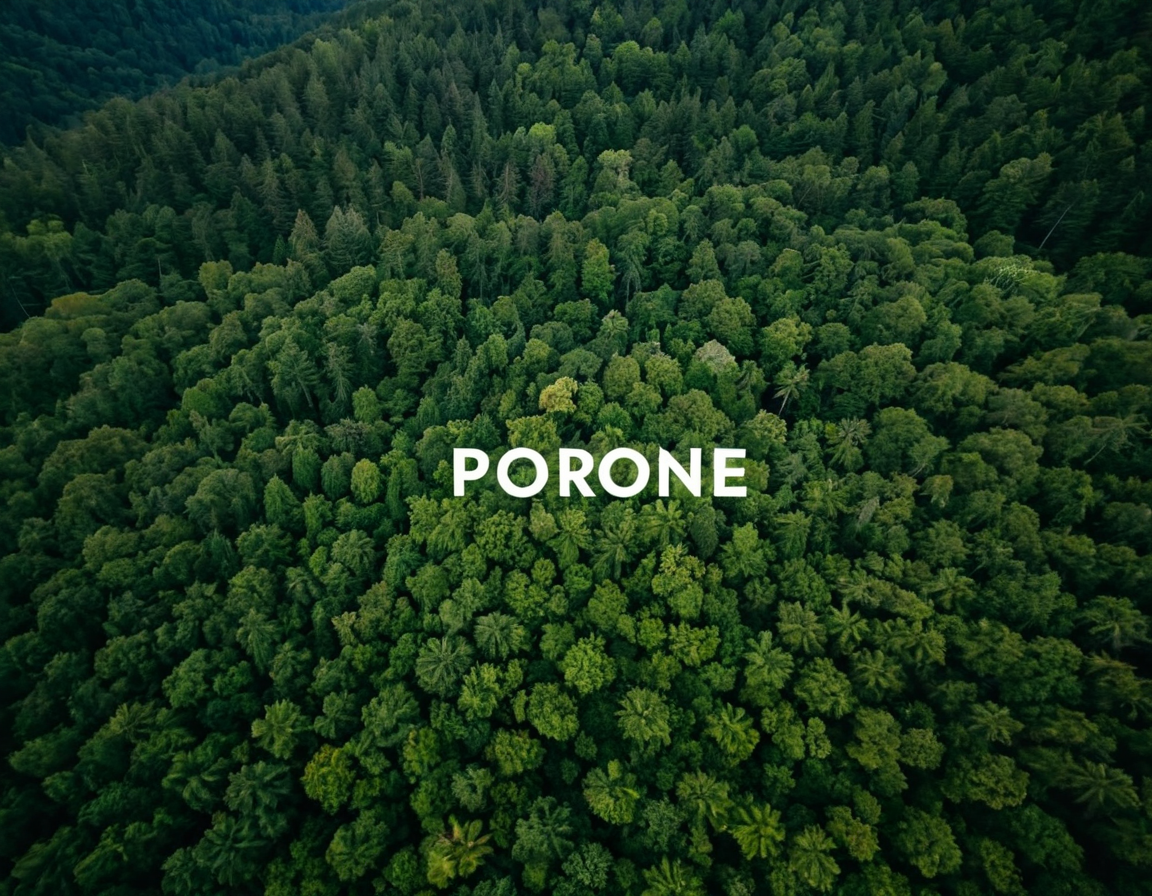Pro Drone Footage Guide

How to Shoot Professional-Grade Drone Footage: Expert Advice on Lighting, Composition, and More
As the drone industry continues to grow, so does the demand for high-quality aerial footage. However, producing professional-grade drone footage is not just about flying a machine; it requires careful planning, attention to detail, and a deep understanding of visual storytelling.
In this article, we’ll delve into the world of drone cinematography, covering essential topics such as lighting, composition, camera settings, and more. Whether you’re a seasoned pro or an aspiring enthusiast, these expert tips will help elevate your aerial game.
Understanding the Fundamentals
Before we dive into the nitty-gritty, it’s essential to understand the basics of drone flying and aerial photography. This includes:
- Familiarizing yourself with local regulations and airspace restrictions
- Ensuring you have the necessary permits and permissions for filming
- Understanding the importance of safety protocols and risk management
Lighting 101
Lighting is one of the most critical aspects of cinematography, and drones offer a unique perspective on this element. Natural light, artificial light, or a combination of both can greatly impact the mood and atmosphere of your footage.
- Natural Light: Shoot during the golden hour (dawn or dusk) for warm, soft tones. Avoid midday sun for harsh shadows.
- Artificial Light: Use LED panels or continuous lights to create a more controlled environment. Be mindful of color temperature and intensity.
- Mixed Lighting: Combine natural and artificial light to achieve a balanced look.
Composition is Key
Composition is the backbone of visual storytelling, and drones provide an unparalleled vantage point. Consider:
- Rule of Thirds: Divide your frame into thirds both horizontally and vertically. Place interesting elements along these lines.
- Leading Lines: Use leading lines (roads, paths, shorelines) to create depth and guide the viewer’s eye.
- Symmetry: Utilize symmetry to convey balance and harmony.
Camera Settings
Camera settings can make or break your shot. Be aware of:
- ISO: Keep ISO low (100-400) for clean images. Adjust as needed based on lighting conditions.
- Shutter Speed: Use a neutral shutter speed (1/125s - 1/250s) to freeze motion. Adjust for creative effects.
- White Balance: Set your white balance according to the lighting conditions.
Advanced Techniques
For more experienced creators, consider experimenting with:
- Dolly Zoom: Create a sense of depth by moving the camera while maintaining focus.
- Tracking Shots: Follow subjects or objects using the drone’s movement.
- Stabilization: Use gimbal stabilization for smooth footage.
Conclusion and Call to Action
Producing professional-grade drone footage requires dedication, patience, and practice. By mastering the fundamentals of lighting, composition, and camera settings, you’ll be well on your way to creating stunning aerial content.
Remember, it’s not just about the gear; it’s about understanding the art of visual storytelling. Take the time to develop your skills, experiment with new techniques, and push the boundaries of what’s possible.
What’s your favorite drone cinematography tip? Share your expertise in the comments below!
Tags
drone-cinematography aerial-photography professional-drones video-production advanced-filmmaking
About Isabella Anderson
As a seasoned photographer and educator, I help creatives unlock their full potential on lentecreativa.com. With 3+ yrs of experience teaching photography techniques & tips, I've worked with top brands to develop innovative tools for photographers. Let's chase those shots!
